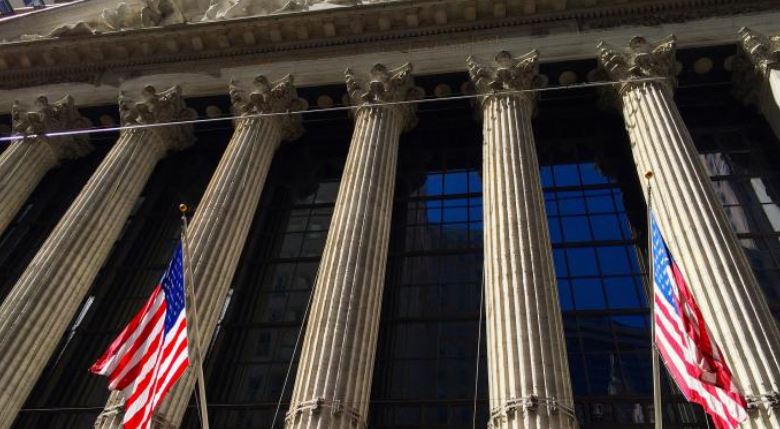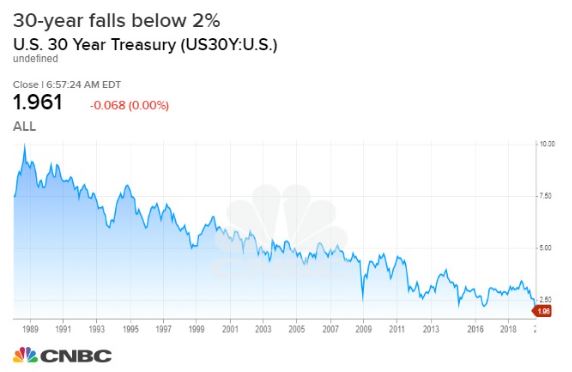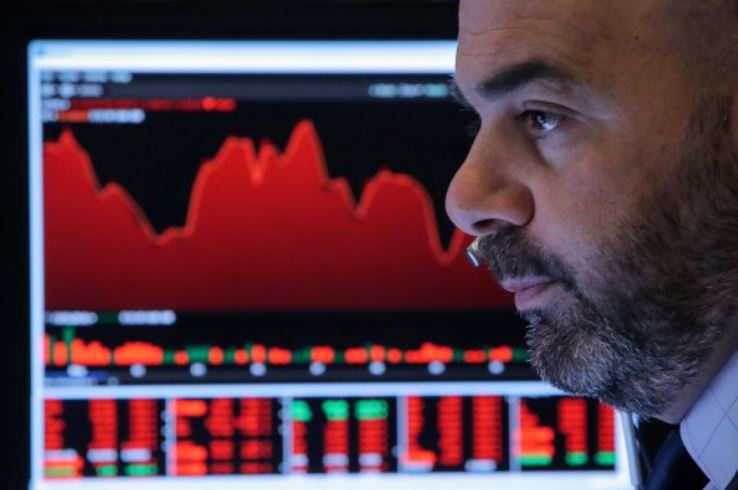Rising Chances of a True Yield Curve Inversion
What’s in Today’s Report:
- FOMC Minutes Takeaway – Increased Chances of a True Inversion
- EIA/Oil Market Update
Futures are slightly lower as markets digest yesterday’s “not dovish” FOMC Minutes, another temporary yield curve inversion, and mixed economic data.
Global flash PMIs were better than expected but still remained below 50 (so still signaling contracting activity). The EU flash PMI rose to 47.0 vs. (E) 46.2.
The 10’s-2’s Treasury yield spread temporarily inverted again on Wednesday but currently sits at +2 bps.
Today focus will be on the August Flash Composite PMI (E: 51.9) and as has been the case lately, a good number will be good for stocks. We also get Jobless Claims (E: 215K) this morning.
Bottom line, bond yields should continue to lead stocks. If the flash PMI is solid and yields rally, so can stocks, and if the PMI is soft and yields drop, then so will stocks.




